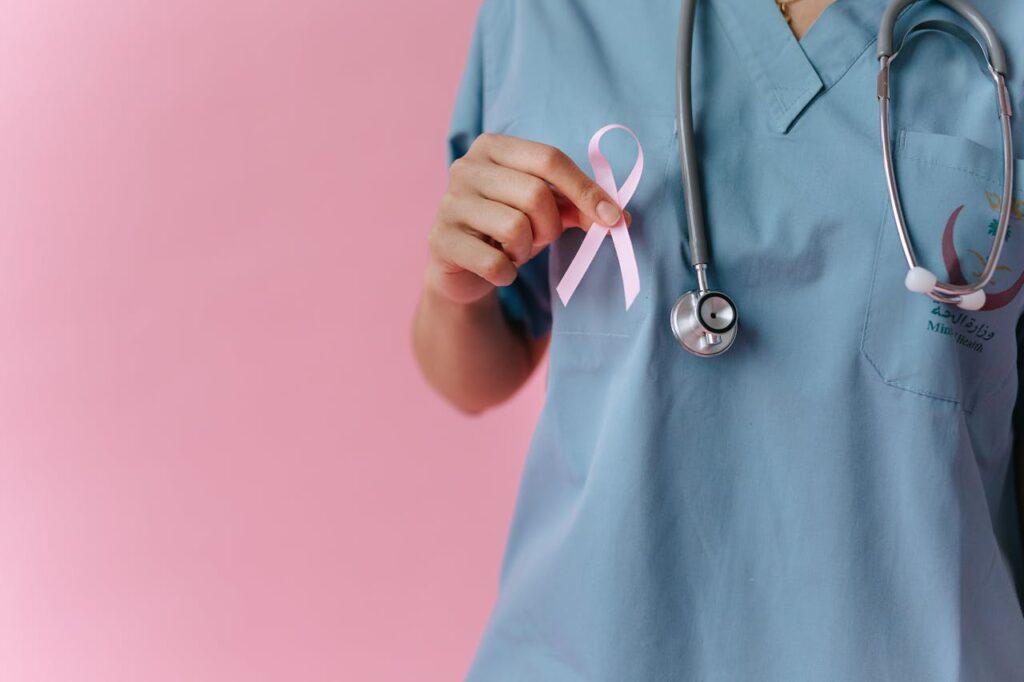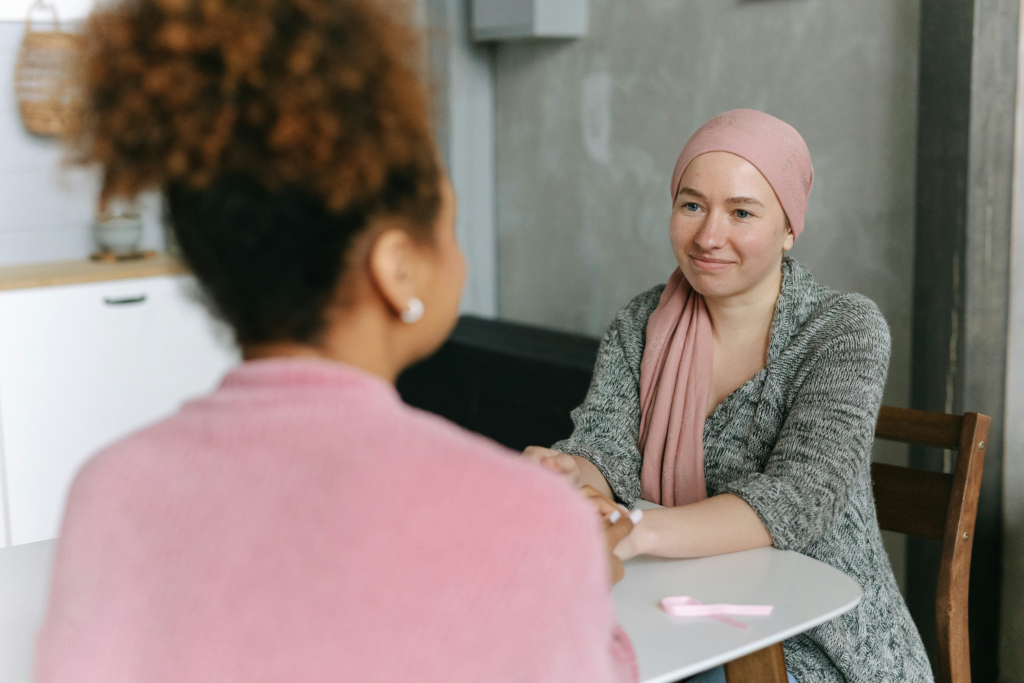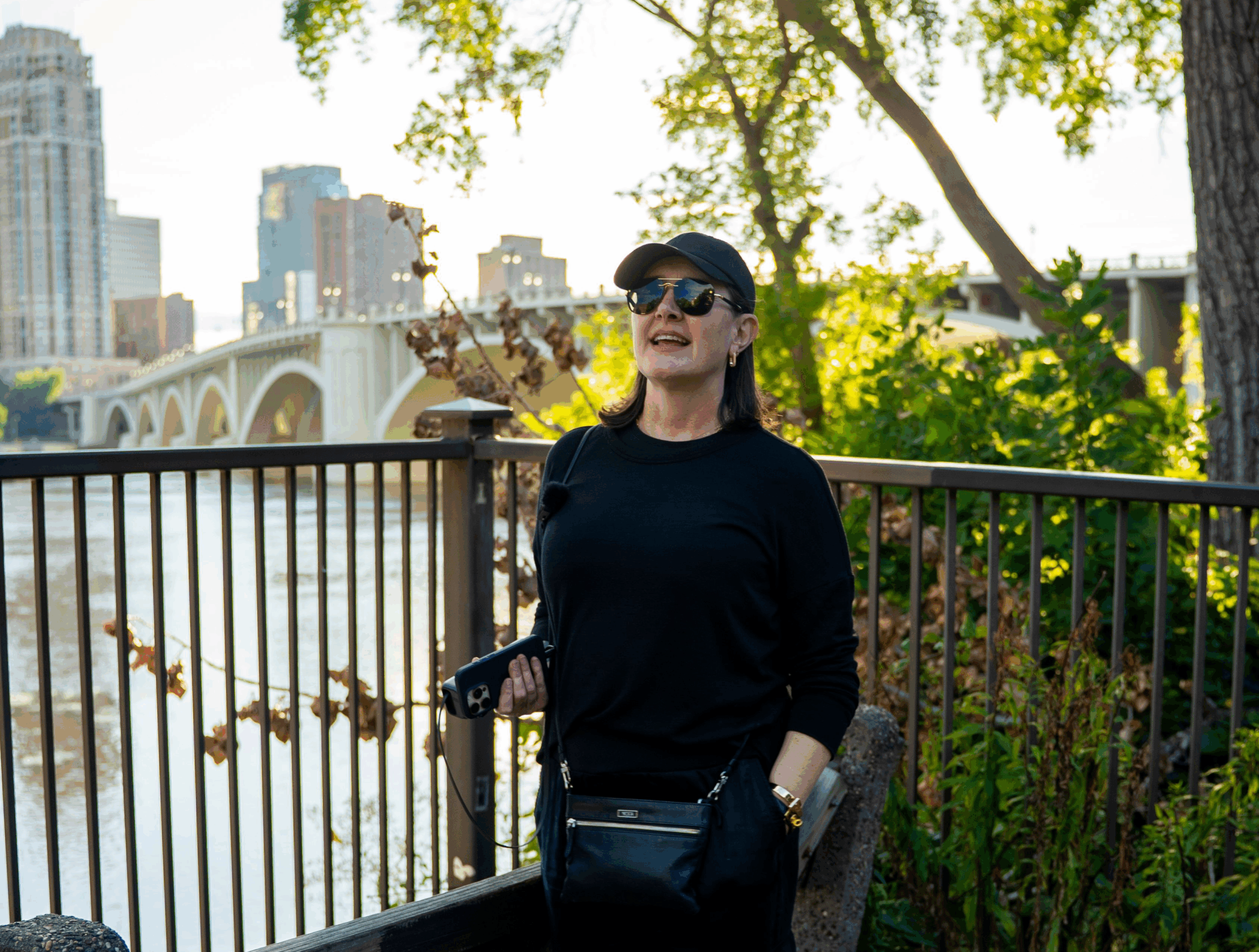Breast Cancer Awareness: 5 Things You Need To Do Today For Detection And Self-Care

The word “cancer” packs a punch. It’s one of a few words that can terrify the boldest of us. Mention breast cancer and it becomes much more personal. Our breasts play an important role in our identities as women, both the sensual and nurturing sides.
Learning that breast cancer is the leading cause of cancer-related death in women is scary. Even more terrifying is the statistic that Black women are 40% more likely to die of breast cancer and have the lowest survival rate of all types of breast cancer, followed by Hispanic women.
The numbers are intimidating but educating yourself about breast cancer will equip you with information that could end up saving your life. Here are five things you can do to be proactive:
1. Know Your History and Risk Level
Understanding your genetic background and family medical history is important to prevention and early detection. Knowing whether you have an average or high risk of getting breast cancer determines the level of monitoring you’ll need.
The first step is to speak to your doctor about a risk assessment. These are questionnaires that focus on your family history. Black women should ask about the Black Women’s Health Study Breast Cancer Risk Calculator and their polygenic risk score (PRS). Both are more reliable at predicting breast cancer risk in Black women compared to other ethnic groups. The results of your risk assessment will determine whether genetic testing or cancer screening is necessary and how early you should start.
2. Develop Breast Self-Awareness

Even though the American Cancer Society doesn’t recommend monthly breast self-exams (BSE) anymore, it’s still important for women to know their breasts. Pay attention to what they look and feel like so you notice if anything changes.
There are many reasons your breasts can look or feel different but the Mayo Clinic recommends contacting your doctor if you notice any of the following:
- A hard lump near your armpit.
- Changes to one or both of your nipples – pushed in or bloody discharge.
- Changes in your skin’s texture or coloring.
- Warmth, swelling, or pain.
- Itching, sores, or rashes.
3. Stay Up-To-Date On Breast Cancer Screening
When, how often, and what type of screening you need will depend on your risk level for breast cancer. You are considered high risk if you have a risk assessment score of 20% or more, genetic mutations like BRCA1 or BRCA2, or had chest radiation therapy before age 30.
The American Cancer Society makes the following screening recommendations:
Average risk: Women can start screening with a mammogram when they turn 40 but should have yearly mammograms from ages 45 to 54. Once women turn 55, they can switch to mammograms every 2 years.
High risk: Women should get a mammogram and a breast MRI every year, starting at age 30.

4. Be Active.
While there isn’t much you can do about your family history and genetics, there are risk factors you can control. Studies reveal that women who exercise regularly have a 10-20% lower risk of breast cancer than women who aren’t active. Physically active breast cancer survivors are also at a lower risk of recurrence and death.
What’s the connection? Being physically active helps you maintain a healthy weight. Leaner women have a lower risk of breast cancer. Physical activity can also lower blood estrogen levels, which lowers your risk.
5. Lower Your Alcohol Consumption
Most of us don’t think twice about having a cocktail or glass of wine with dinner or when we go out. However, according to the International Agency for Research on Cancer (the cancer agency of the WHO), alcohol is classified as a Group 1 carcinogen. This means it is known to cause cancer in humans. For reference, asbestos and radiation fall into the same category.
Research shows that women who drink alcohol have a higher risk of breast cancer. One drink daily (moderate consumption) increases this risk by 7-10%. Women who have two or three alcoholic drinks a day have a 20% higher risk compared to non-drinkers. Limiting or abstaining from alcohol can significantly reduce your risk.






